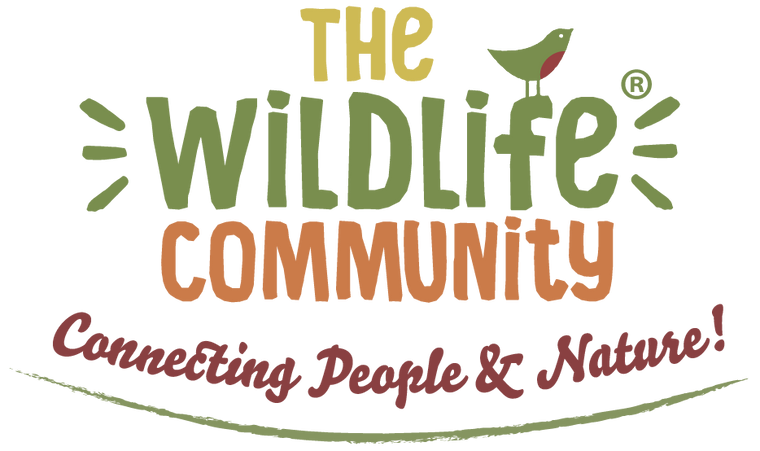
Ep. 9 - It's a Bug's Life
Do you think about British insects as 'bugs' or 'creepy crawlies'. Why do we afford our insects such negative terminology? In this podcast we welcome Professor Dave Goulson, who has become the voice of British bugs! In particular specialising in bee ecology and the humble bumblebee, in fact he was the founder of the Bumblebee Conservation Trust. Listen below or download from Apple Podcasts, Spotify or Google.

Who is Dave Goulson?
Dave is a Professor of Biology at Sussex University, specialising in bee ecology. He's also an author and his new book is called Silent Earth, Averting the Insect Apocalypse (there are signed copies available on our website to buy!). The book itself is all about understanding the importance of living with nature and, first and foremost, looking after the insects which share this natural world with us. As the book explains, insects are becoming more and more scarce and, if this continues our world will slowly grind to a halt - "we simply cannot function without them".
Some of the statistics Dave quotes in the podcast include:

Recently Professor Goulson has focused his attention on the fight to ban the use of neonicotinoid pesticides by farmers on sugar beet, where it is used to control aphid populations. This is despite it being known to damage bees in particular. Defra has said the decision was not taken lightly and it would only be used under strict conditions based on "robust scientific assessment". But as Dave mentions in our podcast, just one teaspoon of this stuff is enough to kill over a billion bees.
Dave explained to us: "It is quite a lot more serious than most of my other books. I have tried to still make it entertaining and fun and positive at the end where I talk about what people can do about it. But there is a crisis and I think we have to face up to that...most of the insects that anyone is bothering to count, are basically nosediving. I love insects and it just seems like such a tragedy to me that they are disappearing.
"Silent Earth is me trying to get everyone and shake them and say 'for God's sake' we need to do something about this."
How to make a dead hedge
In our podcast Dave talks about the dead hedge he has made in his garden. It's a great project for wildlife gardening as it provides a safe santuary for nesting birds, mice to live and solitary bees to nest. And it's good for using up woody materials and hedge clippings from the garden that are too thick to compost.
To make a dead hedge you will need to dig upfront wooden poles into the ground, about every metre to a metre and a half. You can then use these posts to pile up twigs, thin logs and branches up against and around in long lines to produce your 'hedge'. Think about leaving gaps or little bridges for hedgehogs to crawl through.

Gardening for Wildlife
Dave has long been an advocate for gardening for wildlife and of course chooses to go chemical free in his garden. "Gardens can be amazingly rich in wildlife...we can all have gardens that are teeming with all sorts of intriguing little creatures if we just do some simple things. Don't mow so often, don't be so intolerant of weeds, make a little pond, put up a bee hotel - really simply stuff. Collectively you can turn your little patch into a real haven for life
"Not only is that good for the insects but it's also good for us. There is something incredibly calming about going out and sitting in a garden that's buzzing with bumblebees and butterflies flying past and it gives an opportunity for our children to grow up in an environment that's full of life and insects - so they are familiar with them and don't become frightened of them."
Top Five Plants for Wildlife
We asked Dave for his top five plants for the garden for attracting wildlife and pollinators, here's his answers:
1. Comfrey

"Bumblebees go bananas for it and it flowers for ages and it's also really good for making compost and liquid manure."
2. Cat Mint

"Really pretty and bees absolutely love it."
3. Marjoram

"Marjoram is one of the best all rounders for attracting lots of different insects - I find a lot of butterflies on marjoram."
4. Viper's Bugloss

"A nice native flower that is really nectar rich and is also really pretty and looks nice in a herbaceous border."
5. Ragwort

"Not everyone would agree with but it's a really good native flower which a lot of insects are attracted to and you can find cinnabar moths, which have declined a lot in this country, feeding on the leaves."
To find out more about Wildlife Gardening you can read our blog posts. To buy a signed copy of Dave Goulson's new book, A Silent Earth click here.


